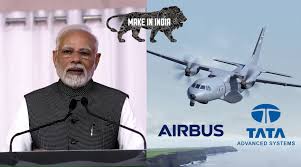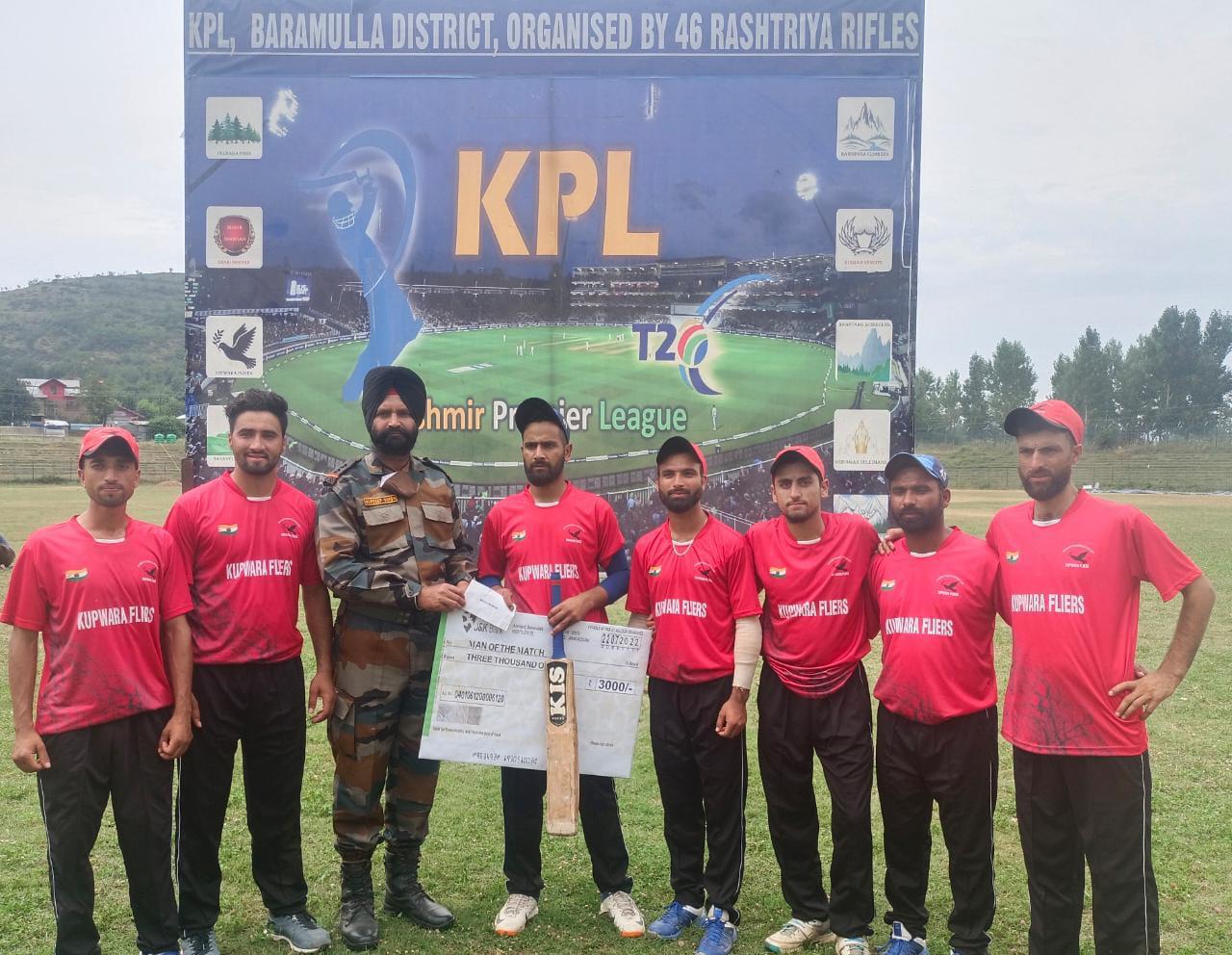On June 15, 2020, twenty Indian soldiers and an unspecified number of Chinese troops died in a clash in eastern Ladakh’s Galwan Valley. Set against freezing temperatures and pitch-black darkness, the nighttime skirmish escalated border tensions between the two neighbouring nations.In February 2021, Beijing announced medals for four of its soldiers who died in the clash, accepting and revealing for the first time the Chinese casualties in the incident. However, it has time and again been conjectured that the Chinese losses were much higher than officially reported.Now, in an investigative report by Australian newspaper The Klaxon, it has been claimed that at least 38 Chinese troops drowned in the early stages of the June 15-16 battle while attempting to cross back over the Galwan River in the dark.The report draws heavily on research conducted by a group of unnamed social media researchers whose sources include Chinese bloggers, information obtained from mainland-based Chinese citizens and media reports that have since been deleted by Chinese authorities.According to the report, Indian troops went to a disputed area in Galwan Valley on the night of June 15 to remove a Chinese encroachment. They were met by China’s Col Qi Fabao and 150 Chinese soldiers who formed a battle formation instead of discussing the issue with the Indian troops, the report adds.“The moment Col Fabao attacked, he was immediately besieged by the Indian army troops. To rescue him, PLA battalion commander Chen Hongjun and soldier Chen Xiangron started a physical scuffle with Indian troops using steel pipes, sticks and stones [When 3 Chinese soldiers died] PLA soldiers panicked into retreat,” the report says.Wang Zhuoran, one of the confirmed dead, reportedly came forward to help his retreating comrades and lead the way back.“The PLA soldiers didn’t even have time to wear water pants. They decided to cross the icy water of the river in pitch dark under the guidance of Wang. The river rose suddenly and injured comrades kept slipping and (being) washed downstream,” the report says.Citing “several Weibo users”, the report says that at least 38 Chinese troops along with Wang were washed away and drowned that night.After the initial Galwan clash, both sides appear to have called for reinforcements. It is assumed that the 20 Indian soldiers who lost their lives died in the subsequent fighting.China hid factsThe Australian newspaper report also makes other claims about the Galwan clash. As per the report, “a lot of facts about what really happened, what led to the skirmish, have been hidden by Beijing”.“What was told by China to the world were mostly fabricated stories,” it says.Images of 2 different clashes conflated Evidence has also emerged to strongly suggest that several reports of the Galwan Valley clash conflated facts and imagery from two separate but similar clashes that occurred just over a week apart in the region, according to the new report. One clash took place in the day and the other at night.Clash sparked over temporary bridge Finally, the report also claims that the June 15 clash was sparked by the building of a temporary bridge by Indian soldiers across Galwan River in May.“Though People’s Liberation Army was constructing its own infrastructure in the buffer zone, the construction of a temporary bridge by Indian troops aroused strong opposition by the Chinese,” the report states.It is this that eventually led to the bloody clash on June 15 in 2020, the report says.
EDITOR PICKS
POPULAR POSTS
ABOUT US
SACH News TM- voice of people of Jammu Kashmir. We are Publishing House of Sach Jammu(English Weekly). Sach News is one of the popular weekly newspaper of Jammu. We provide you Latest news on politics, sports, crime, education, real estate, business entertainment and much more.
Contact us: [email protected]
© Sach News 2014-2023 | Maintained by Webng.in





